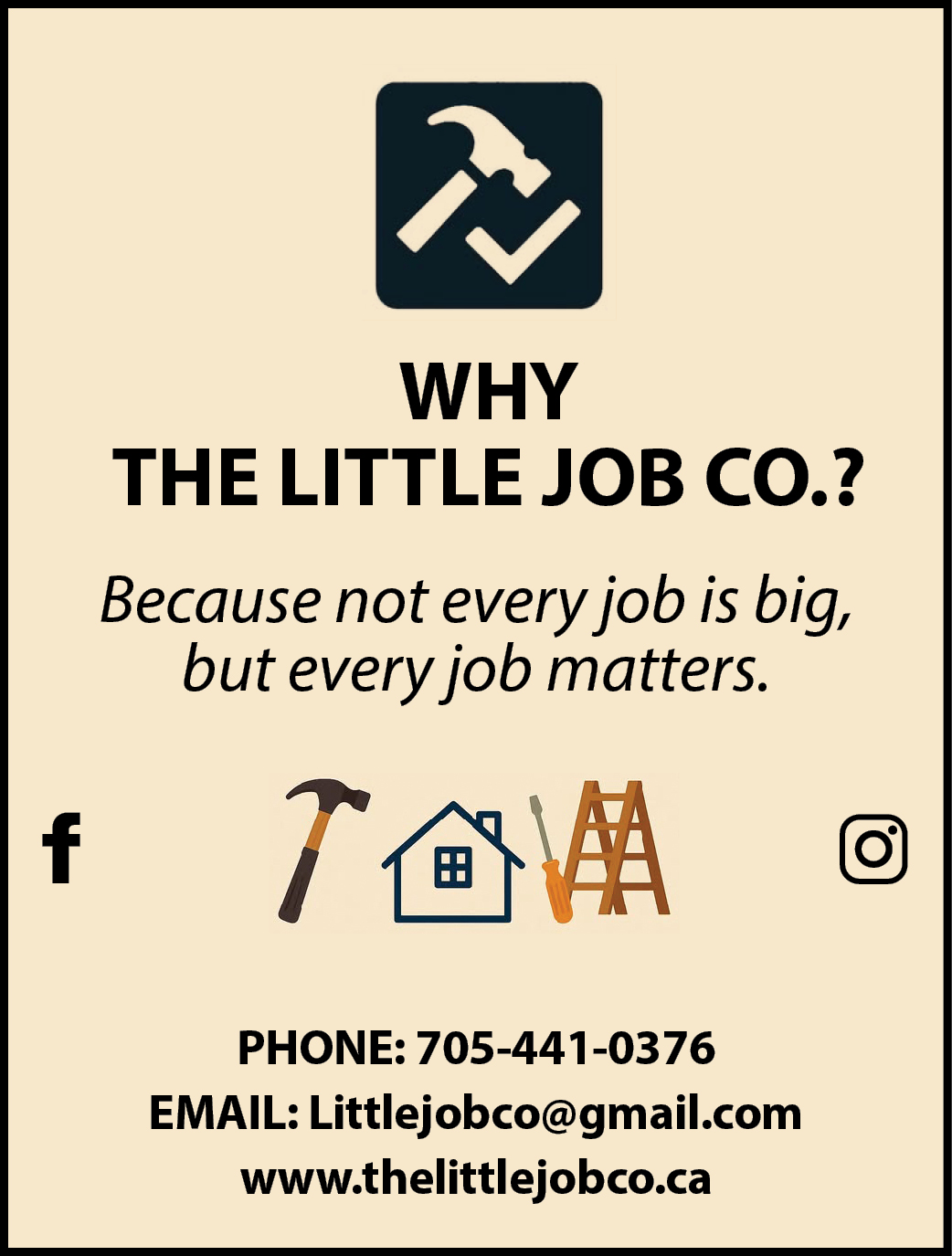 Next week is National AccessAbility Week, an initiative that shines a bright light on the importance of accessibility for all, identifying areas for improvement, and celebrating the progress that has been made in recent years.
Next week is National AccessAbility Week, an initiative that shines a bright light on the importance of accessibility for all, identifying areas for improvement, and celebrating the progress that has been made in recent years.
According to Statistics Canada, 27 percent of Canadians have a disability of some description, meaning that roughly eight million of us have one or more disabilities to deal with in daily life. While historically those with disabilities could be overlooked, or treated differently than the rest, in modern times our society has worked to be more inclusive, to be more accommodating.
Accessibility isn’t something we spend much time thinking about when we are young, fit, and healthy, assuming we had the luxury of a youth free from disabilities. A healthy 20-year-old is unlikely to consider that a door leading into a building might be too heavy to pull, or that the small step up into a downtown shop might as well be Mount Everest to someone with mobility issues.
I know that when I was in my twenties, I certainly never spent any time considering whether the book stacks at the library were too tall for someone in a wheelchair to reach, I didn’t care how close or far away I had to park, nor did I particularly care, to be frank, it simply wasn’t on my radar. After several years of dealing with mobility issues myself, however, I certainly consider such things today.
While it is certainly true that my appreciation for the struggles of others has increased as I have aged, our society has evolved over the decades, and collectively we all have a greater awareness of how disabilities can impact people’s lives, and our governments and businesses have worked to make our society more accommodating.
Not all disabilities can be easily seen, of course, something else most of us have come to understand. We can readily see many disabilities, particularly physical disabilities that hamper mobility, but many disabilities are not obvious to passersby, and many people struggle in silence with a range of issues that can drastically impact daily life.
An important aspect of National AccessAbility Week should be celebrating our successes. Anyone who has travelled around this beautiful planet will know that in many ways we are far ahead of many countries when it comes to accessibility, and there are a few nations that put us to shame.
I have visited countries where elevators aren’t even considered for apartment buildings unless the structure is taller than seven stories. Imagine even as a healthy person lugging groceries up six flights of stairs. I have been amazed at makeshift accessibility in some nations – steel planks down steep stairs for wheelchairs for example. I have also visited countries where those with disabilities are destined for a life on the streets with no supports, physical or mental, no employment, no future.
Here in Ontario, however, we have had an ever-increasing awareness of the need for accessibility. We have seen it as an investment, a way to equal the playing field for all. As a result, we are no strangers to ramps, elevators, electronic door openers, closed captions for hearing impaired, quiet rooms, and so on.
Locally, a significant driver in the quest for a new library was accessibility. Our former library spanned three floors in a slowly crumbling old building with no elevator. Accessing the children’s library in the basement was prohibitive to some, while meetings held up on the third floor excluded others. If you were wheelchair-bound and you managed to get in the door of the old library, you couldn’t get much further. Narrow aisles and tall bookshelves made accessing books a luxury for the fully upright.
Our former library building had no hope of meeting the provincial accessibility legislation which is supposed to kick in fully in 2025. Our new library, however, is a much different story. Accessibility was a major focus in the design of the single storey facility, and it is likely one of the most accessible buildings in the entire municipality.
In our community we have seen improvements in accessibility in other areas as well. From Mobi-Mats installed at beaches, to a transportation service specifically aimed at meeting the needs of folks with disabilities, to renovations undertaken at local facilities like Meaford Hall in order to be more accommodating and inclusive.
A major challenge with regard to the accessibility issue of course is cost. Making buildings, websites, promotional literature, recreational facilities, and others truly accessible costs money, and lots of it. Cost has always been one of the hurdles when it comes to accessibility, and initiatives like National AccessAbility Week serve a purpose of raising awareness and reminding all of us that money spent on making buildings and services more accessible is money well spent.
So next week you will see the AccessAbility Week flag flying downtown, you will see the water tower lit up in yellow and blue in recognition of the week, and it will hopefully be a reminder to us all of how far we have come in our efforts to accommodate and include, and also how far we have yet to go in order to ensure that our society is as accommodating, and inclusive as is possible.
We have accomplished much, but there are always more ways to improve accessibility, and in doing so we benefit the greater community with increased understanding, compassion, and empathy, and I think we are stronger as a community when everyone can be included.










